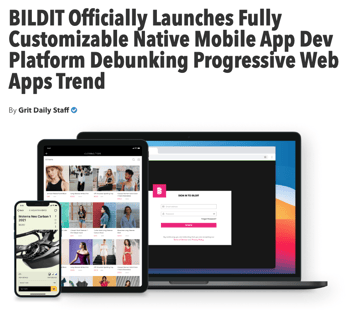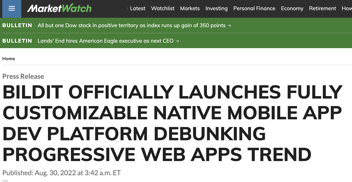55 & App – A Look at Boomer and Gen X Mobile App Behavior
When we talk about mobile apps, the group whose usage is perhaps most misunderstood is those 50+. Designing a successful ecommerce app requires an understanding of all age group’s shopping behaviors.
While there may be no one-size-fits-all way to construct a mobile app, by taking a look at differences and similarities between generations’ usage we can optimize ecommerce apps, making them more accessible to all.
Pandemic Catalyzed Inevitable Shift
As digital natives, younger individuals had the advantage in pandemic time of seamlessly transitioning to an even more “plugged-in” lifestyle. However, Gen X-ers and Boomers quickly adapted to using Zoom, Instacart, and retail apps.
Older individuals were already trending towards increased app usage. 2020 saw 30% year over year growth in boomer app usage as opposed to Gen Z’s 16%. This number is likely to continue to rise––meaning the older generations are catching up to the younger ones.
Younger people tend to want things to be done quickly and they want to be able to do it themselves. As boomers grow into technology usage they’ll want the same things.
Consumers regardless of age are looking for ease and convenience. Any tool (like apps) can be integrated into shopping behaviors. Once boomers and Gen X-ers are past the hurdle of learning how to use apps, they grow accustomed to the convenience.
Always On That Phone
We all know the stereotype of the Gen Z-ers and Millennials that waste all their time on their phone. While younger generations are clocking plenty of screen hours, this stereotype has perhaps caused us to underestimate the amount of in-app time older generations are spending.
Those in the 18-24 age range spend roughly 112 hours in apps per month while 25-34 year olds spend 102 hours. This number receded only slightly for older millennials at 94, Gen-Xers at 76 and Boomers at 69.
By dispelling the myth that Boomers and Gen-Xers are detached from their mobile devices, we can then begin to take a look at older generations’ phone surfing habits and shopping behavior.
Surfing With a Purpose
One key difference between younger folk and older folk is that the younger tend to focus on entertainment and social apps while the older tend to use apps with a direct purpose. Whether it be using weather apps, health apps, or shopping apps, boomers see more of the functionality of their phone and less of the leisure.
This introduces an important opportunity for retailers. Those 50 and up are likely to turn to their phone screens looking to purchase specific items. Baby boomers are often driven by brand loyalty. Adding modern accessibility through mobile apps to brands that they love increases spending.
Alternately, new brands should seek to foster a positive relationship with older generations. Establishing trust is massively important for retaining older app users.
Simplify The User Interface
Younger generations have a more intuitive understanding of UI. Although UI gestures are motions that the body makes naturally, it’s much easier for a Gen Z-er to know innately that pinching in makes an item bigger or that a cart symbol means “add to cart.”
One way to make ecommerce apps easier for older generations to understand is by clearly labeling buttons with words.
When it comes to making an app more digestible, one word is important to keep in mind––simplify. Whether for the sake of the older or newer generations, don’t overcomplicate your UI with design, but make it simple and beautiful to look at.
You can book a demo of BILDIT’s expertly crafted mobile app development platform here.












